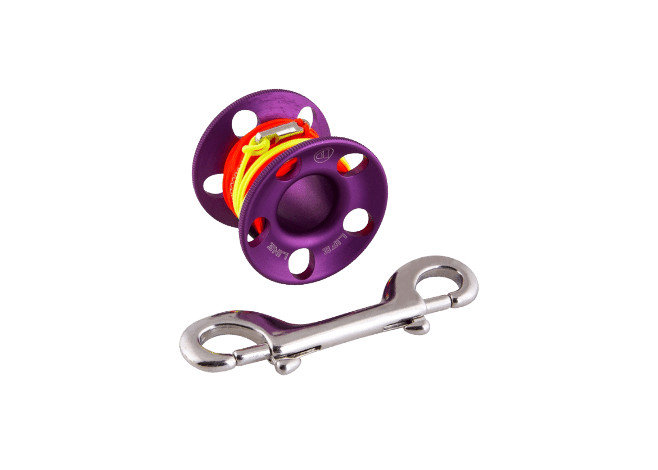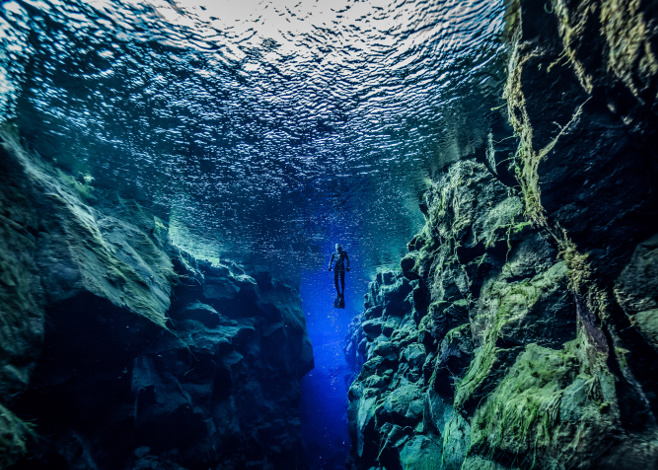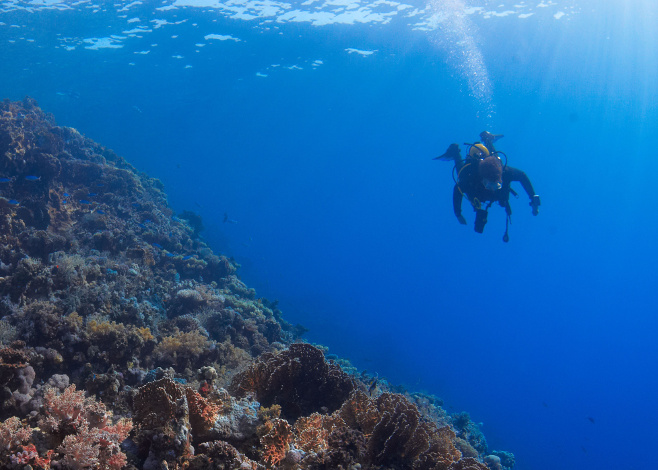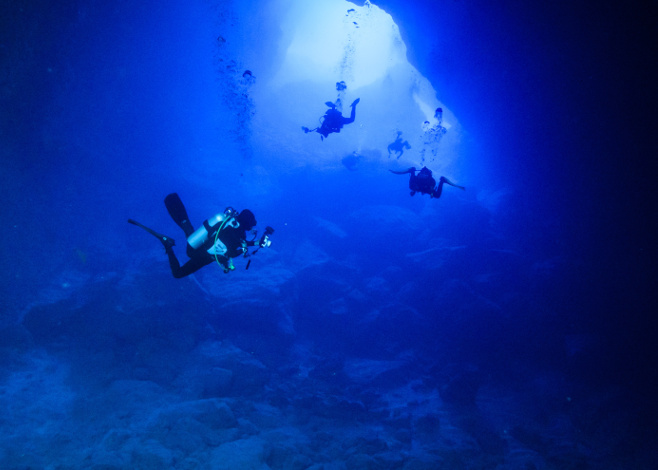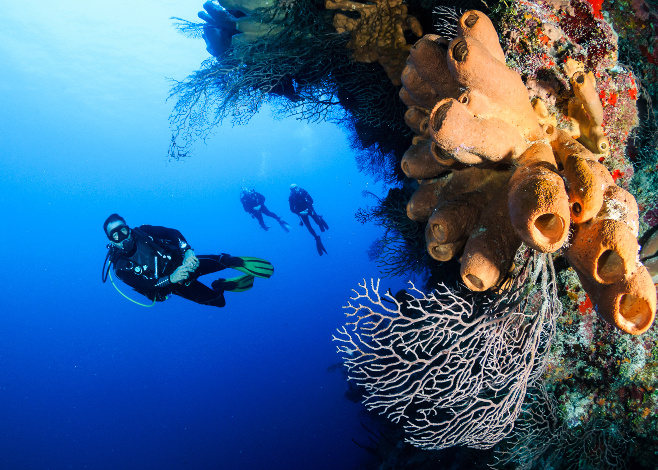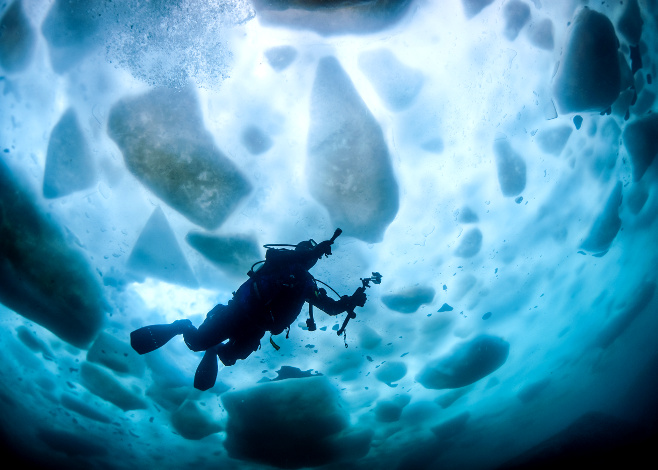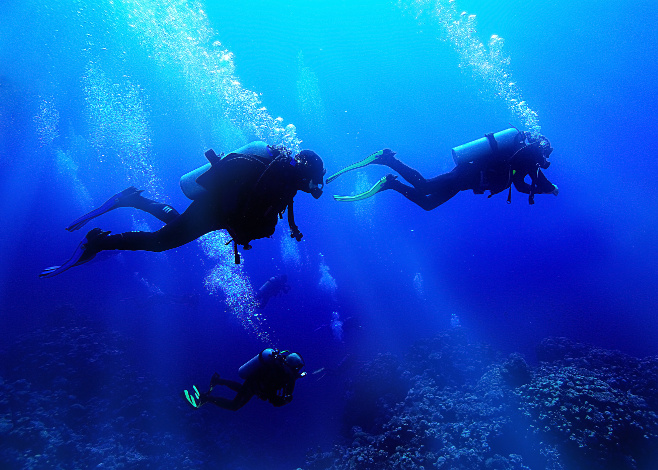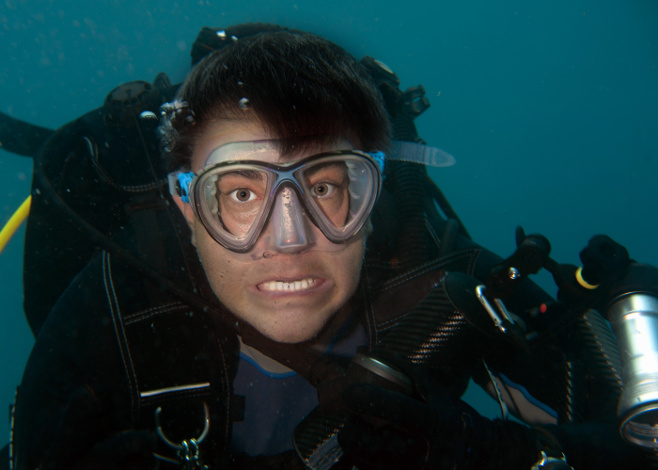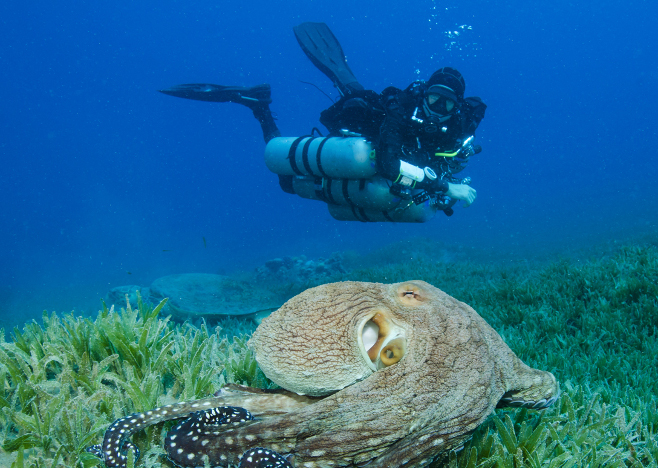Scuba diving as we know it resulted from the efforts of many pioneering individuals. In this series of articles, we’ll highlight a number of their contributions.
Richard Devanney
The dive spool is one of the diver’s most useful pieces of equipment, but it’s often set up and stored improperly. What’s the best way to take care of your dive spool?
Iceland is home to stunning landscapes, glaciers, mountains and lakes — and some of the world’s best cold-water diving. Here are our picks for the best scuba diving in Iceland.
Most divers know about the dangers of getting caught in a downcurrent, but what if you’re caught in an upcurrent? Here’s what to do.
Getting caught in a downcurrent is unnerving for even the most seasoned diver. Here’s what to do (and what not to do) if you’re caught in a downcurrent.
Although it’s as fundamental as good buoyancy, diving awareness is rarely taught. Here’s what you need to know to keep track of yourself underwater.
Scuba diving as we know it resulted from the efforts of many pioneering individuals. In this series of articles, we’ll highlight a number of their contributions.
For tropical divers, the thought of diving in 50 F (10 C) waters may not be very appealing. But with much to see in colder seas, it may be time to try it out.
Being able to confidently undertake any of your dive skills makes you a good buddy and a safer diver. The only way to ensure competence is through regular practice.
Anyone who has taken an advanced scuba course is familiar with the term “nitrogen narcosis,” but what exactly does it mean, and how can it affect you?
For many divers, technical diving retains an aura of being overly complicated, dangerous and too difficult for the average person. But with proper preparation, it’s none of those things. Here we’ll address a few of the top technical diving myths.



